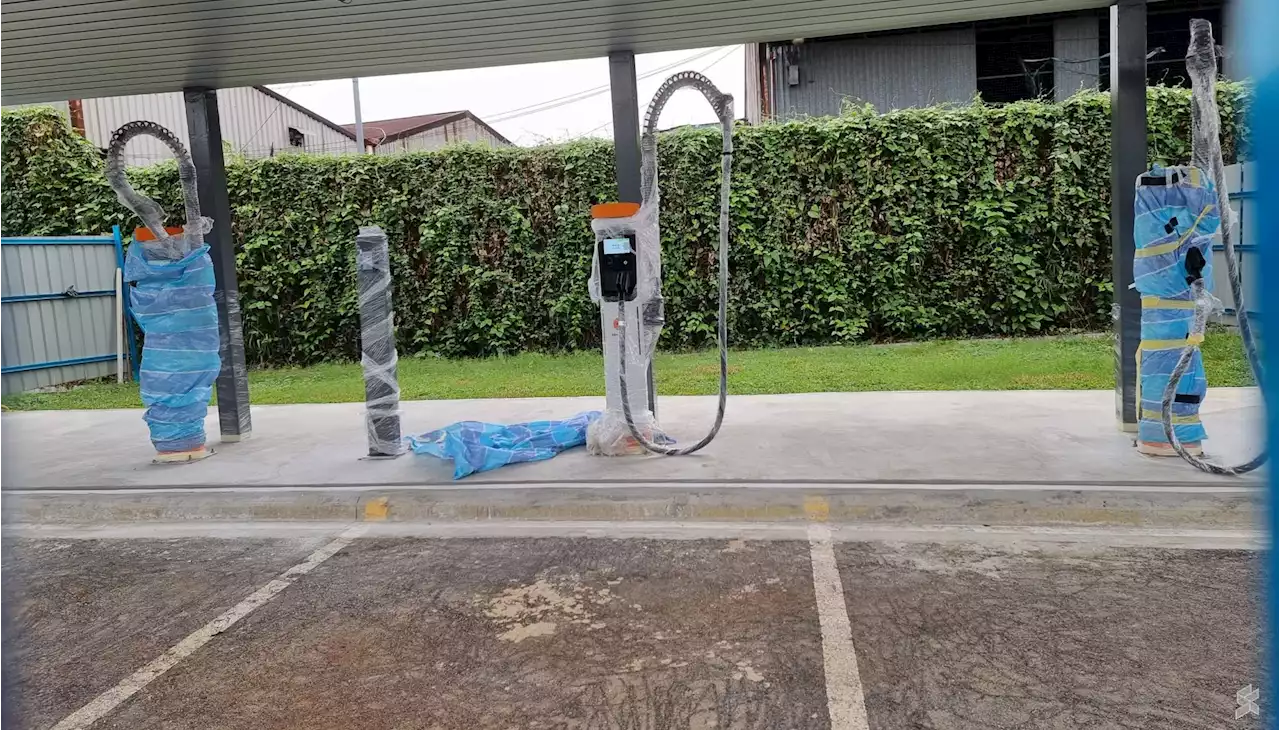THE launch of Huawei’s latest mobile phone should not have happened, according to the plan of US strategic and foreign policymakers. Over the past fiv...
Technical analysts who examined the Mate smartphone’s internals commended Huawei for pushing the boundaries of innovation and delivering cutting-edge technology at affordable prices for users. – REUTERSPIClaunch of Huawei’s latest mobile phone should not have happened, according to the plan of US strategic and foreign policymakers.
These efforts began with the blacklisting of Huawei by the Trump administration in 2019. Subsequently, the Federal Communications Commission categorised Huawei as a national security threat and issued an order in 2020, instructing US carriers to remove Huawei equipment from their networks. Taiwan, the Netherlands and Japan were “persuaded” to block exports of advanced chip-making equipment to China as part of the US plan to extend the timeline for China to achieve self-sufficiency in semiconductors by a decade or more. This move was aimed at thwarting China’s ambition for self-sufficiency and ensuring it faced challenges in achieving that goal.
“Long story short, every advanced node semiconductor company is currently facing comprehensive supply cut-off, resignations from American staff and immediate operations paralysis. This is what annihilation looks like – China’s semiconductor manufacturing industry was reduced to zero overnight. Complete collapse. No chance of survival.” In a news story that is still reverberating around the technology world, Huawei recently launched its latest series of Mate smartphones.
It is possibly the first mainstream smartphone that can support users without access to conventional networks during an emergency. Such a feature will also be useful to communities from the US and its allies during a catastrophe. In the case of Huawei, sanctions forced the company to reduce its reliance on the US as well as pushed it into a partnership with Chinese chip manufacturer Semiconductor Manufacturing International Corporation to develop a seven-nanometer superchip that the Chinese were not expected to manufacture for at least another five to 10 years.
Italia Ultime Notizie, Italia Notizie
Similar News:Puoi anche leggere notizie simili a questa che abbiamo raccolto da altre fonti di notizie.
 Global non-cash transaction volumes set to reach 1.3 trillion in 2023By 2027, new digital payment methods will be roughly 30% of total volume Driven by expanding digital payment infrastructure, regulations, open banking The Capgemini Research Institute’s 2023 World Payments Report, published yesterday, reveals non-cash transaction volumes will reach 1.3 trillion by 2023 globally. As consumers and businesses adopt new digital payment schemes, the report suggests this growth will accelerate to 2.3 trillion by 2027 growing at a rate of 15% annually.
Global non-cash transaction volumes set to reach 1.3 trillion in 2023By 2027, new digital payment methods will be roughly 30% of total volume Driven by expanding digital payment infrastructure, regulations, open banking The Capgemini Research Institute’s 2023 World Payments Report, published yesterday, reveals non-cash transaction volumes will reach 1.3 trillion by 2023 globally. As consumers and businesses adopt new digital payment schemes, the report suggests this growth will accelerate to 2.3 trillion by 2027 growing at a rate of 15% annually.
Leggi di più »
 Burnley earn first point in draw at ForestThe draw lifted Forest to eighth place in the table with seven points from their five games.
Burnley earn first point in draw at ForestThe draw lifted Forest to eighth place in the table with seven points from their five games.
Leggi di più »
 Malaysia has a new EV charge point operator that exclusively offers DC fast chargingDC Handal could be a new challenger to Tesla's Supercharger. They have at least 3 charging hubs equipped with Kempower DC fast chargers and a couple more located in Penang and Johor.
Malaysia has a new EV charge point operator that exclusively offers DC fast chargingDC Handal could be a new challenger to Tesla's Supercharger. They have at least 3 charging hubs equipped with Kempower DC fast chargers and a couple more located in Penang and Johor.
Leggi di più »
 American prisoners freed by Iran as part of swap deal land on US soilThe deal removes a point of friction between Washington and Tehran.
American prisoners freed by Iran as part of swap deal land on US soilThe deal removes a point of friction between Washington and Tehran.
Leggi di più »
 Projek ekopelancongan ancam hutan, keselamatan pendudukCAMERON HIGHLANDS: Persatuan Kesedaran Alam Sekitar Cameron Highlands (Reach) menyuarakan kebimbangan terhadap pembangunan projek ekopelancongan di sebuah kawasan bukit di pekan Tringkap di sini yang bukan sahaja menjejaskan hutan tetapi mengancam keselamatan penduduk.
Projek ekopelancongan ancam hutan, keselamatan pendudukCAMERON HIGHLANDS: Persatuan Kesedaran Alam Sekitar Cameron Highlands (Reach) menyuarakan kebimbangan terhadap pembangunan projek ekopelancongan di sebuah kawasan bukit di pekan Tringkap di sini yang bukan sahaja menjejaskan hutan tetapi mengancam keselamatan penduduk.
Leggi di più »
